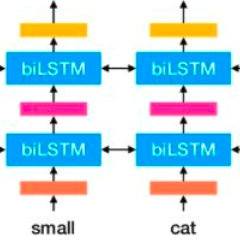In this study, we aimed to address the growing concern of trolling behavior on social media by developing and evaluating a set of model architectures for the automatic detection of troll tweets. Utilizing deep learning techniques and pre-trained word embedding methods such as BERT, ELMo, and GloVe, we evaluated the performance of each architecture using metrics such as classification accuracy, F1 score, AUC, and precision. Our results indicate that BERT and ELMo embedding methods performed better than the GloVe method, likely due to their ability to provide contextualized word embeddings that better capture the nuances and subtleties of language use in online social media. Additionally, we found that CNN and GRU encoders performed similarly in terms of F1 score and AUC, suggesting their effectiveness in extracting relevant information from input text. The best-performing method was found to be an ELMo-based architecture that employed a GRU classifier, with an AUC score of 0.929. This research highlights the importance of utilizing contextualized word embeddings and appropriate encoder methods in the task of troll tweet detection, which can assist social-based systems in improving their performance in identifying and addressing trolling behavior on their platforms.
翻译:暂无翻译



